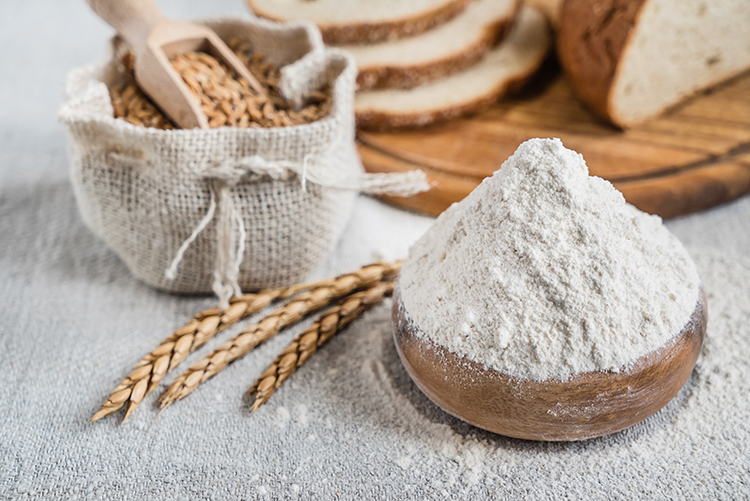Type 2 diabetes, high cholesterol and high blood pressure can be silent killers. How often do you get screened for these chronic conditions?
Many people are unaware that chronic health conditions, such as Type 2 diabetes, high cholesterol and high blood pressure (hypertension), can cause damage to the body, often without the person experiencing noticeable symptoms.Although these conditions can occur individually, these three are often interlinked and can significantly increase the chances of stroke, heart attack and premature death.
NB! Routine health screenings
At the beginning of a new year, many of us think about improving our health through taking up a fitness regimen or eating more healthily. A crucial but often overlooked aspect of taking care of our well-being is having routine health screenings.
Even if you feel healthy and well, be aware that you could be living with one or more of these underlying conditionswithout knowing it. With non-communicable diseases on the rise in SA, it really is advisable for adults to screen for these common health threats each year so that any risks can be detected and managed early to ward off more serious complications from developing in future.
Three silent killers
Diabetes – chronic high blood glucose
Diabetes is a chronic long-term condition that affects how your body breaks down glucose from the food that you eat. While Type 1 diabetes is usually diagnosed in childhood, Type 2 diabetes develops over time and is more often diagnosed in adulthood.
Insulin is a hormone that helps control your body’s blood glucose levels. If your body doesn’t produce enough insulin or cells stop responding to insulin, too much glucose remains in your bloodstream and this can lead to serious health problems over time, including potentially irreversible damage to the eyes, kidneys and other organ systems. It’s therefore critical to be aware of your blood glucose levels and get tested regularly to know if you are at risk of developing Type 2 diabetes.
With the medicines available these days, along with regular exercise and a healthy diet as advised by your treating doctor, diabetes can be well-controlled with many new oral or injectable medicines to help keep blood glucose levels stable.
Hyperlipidaemia – high cholesterol
High cholesterol, or elevated levels of fat in the bloodstream, is another common non-communicable disease that is all too common in SA. Although people with high cholesterol usually don’t have any symptoms, if it remains undiagnosed and therefore untreated it significantly increases the risk of heart disease, heart attack and stroke.
A simple blood test reveals cholesterol levels, and if these are outside of the healthy range your treating doctor will prescribe the right kind of chronic medicine to help maintain cholesterol at healthier levels. A diet that is low in saturated fat and regular cardio exercise are generally recommended as part of the treatment plan.
Hypertension – high blood pressure
The World Health Organisation estimates that almost half of people living with high blood pressure globally remain undiagnosed and therefore untreated, and only one in five have their hypertension under control.
When hypertension isn’t well-controlled, it places additional pressure on the cardiovascular system, potentially leading to heart attack, heart failure and stroke, as well as kidney damage among other risks.
Unmanaged, these conditions are associated with significantly higher risk of hospitalisation and premature death, but these outcomes can be avoided with the right treatment. Once a person has been tested, they have the power to improve their long-term health and can often avoid complications with the necessary treatment and lifestyle adjustments.
When your doctor has prescribed the right medication specifically for you, this is only the first step to effective treatment, and it’s of critical importance that you continue to take your medicine exactly as prescribed, even when you feel better.
Supporting better health outcomes
Being diagnosed with a chronic condition and starting new medication can be daunting, and to help make it as easy as possible to adhere to prescribed treatment, Medipost Pharmacy offers telephonic assistance from the pharmacy team in all official languages, as well as free delivery of chronic medicines to any address in SA. If you have any questions or concerns about your treatment, reach out to your pharmacist who can give you advice, such as how to overcome potential side effects.
To be effective, chronic medicine must be taken at the right dosage continuously, even when you’re on holiday or out of your usual routine.
As part of its free delivery service for chronic medicines, with advanced notice those registered with the courier pharmacy can have their confidential medicine parcels delivered to another address while they are away from their usual delivery address.
As well as dispensing medicines to individuals privately, the service also includes assistance with registering PMB conditions, including diabetes, hypertension and hyperlipidaemia, to help conserve medical scheme members’ day-to-day benefits.
Medipost Pharmacy aims to improve access to quality and affordable medicines for all South Africans, making it simple and convenient to adhere to chronic treatment and improve your health and quality of life.

MEET THE EXPERT
Header image by Adobe Stock




 Salih Hendricks
Salih Hendricks Wesley Mc Aslin
Wesley Mc Aslin
 What an amazing caring group this is. The convenor of this group is Clive Burke who is a management board member of the DSA PE branch.
What an amazing caring group this is. The convenor of this group is Clive Burke who is a management board member of the DSA PE branch. We do treasure each other’s company and share our sorrows and joys. May our group make a great impact in our society where we live, as we support and care for each other. We are about 15 to 20 members in regular attendance.
We do treasure each other’s company and share our sorrows and joys. May our group make a great impact in our society where we live, as we support and care for each other. We are about 15 to 20 members in regular attendance.









 Look out for food items with the Heart and Stroke Foundation South Africa logo, given that these food items will be lower in sodium when compared to similar products.
Look out for food items with the Heart and Stroke Foundation South Africa logo, given that these food items will be lower in sodium when compared to similar products.












